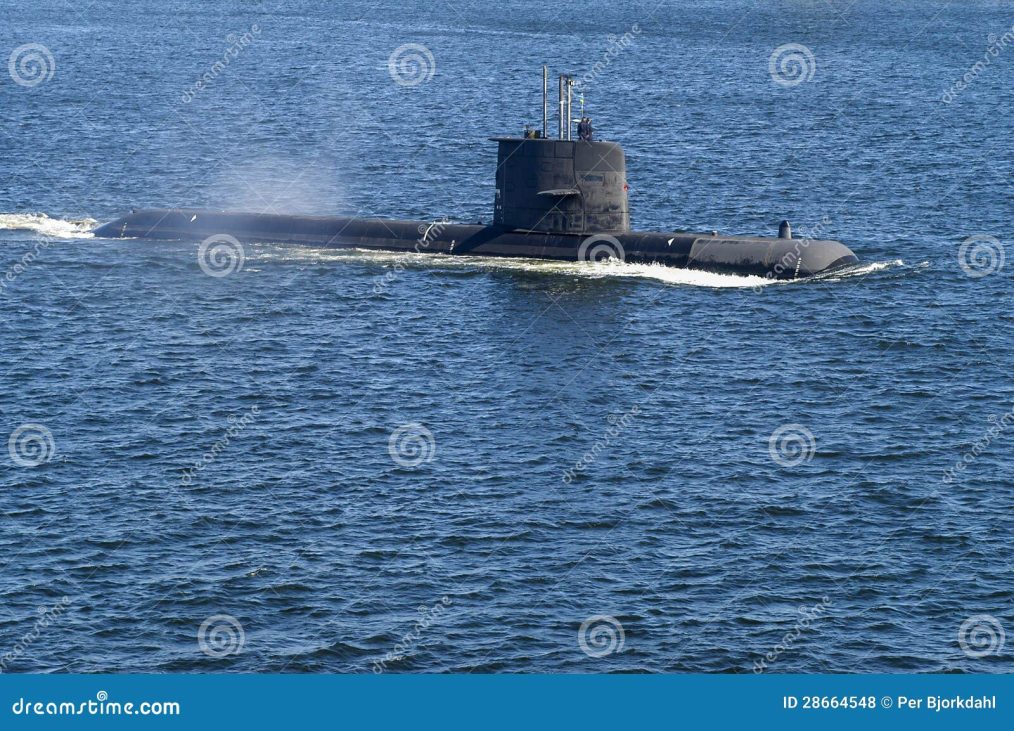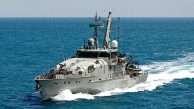
How the Gotland-Class Submarine Changed Naval History
The Gotland-class submarine, developed by Sweden in the 1990s, marked a pivotal shift in naval warfare and submarine technology, altering the balance of power in underwater operations. Designed with cutting-edge advancements, this class of submarines combined stealth, endurance, and versatility, fundamentally influencing how navies around the world approached submarine development and deployment.
At the heart of the Gotland-class’s revolutionary design was its air-independent propulsion (AIP) system, powered by Stirling engines. This technology allowed the submarine to remain submerged for extended periods without surfacing to recharge batteries, a limitation that plagued traditional diesel-electric submarines. The AIP capability significantly enhanced stealth and survivability, making the Gotland-class nearly undetectable by conventional anti-submarine measures.
The Gotland-class’s impact became globally recognised during joint exercises with the United States Navy. In 2005, the Swedish Navy leased the HMS Gotland to the U.S. for training purposes, where it outperformed American nuclear-powered submarines and even simulated successful “attacks” on aircraft carriers. This performance highlighted vulnerabilities in existing anti-submarine warfare (ASW) strategies and emphasised the growing threat posed by modern, non-nuclear submarines.
Beyond its military significance, the Gotland-class underscored Sweden’s ingenuity in naval engineering, showcasing that smaller nations could produce world-leading technology. Its influence extended globally, prompting other navies to prioritise AIP systems and rethink submarine design. Today, many advanced diesel-electric submarines, including Germany’s Type 212 and Japan’s Soryu-class, owe their capabilities to the trail blazed by the Gotland-class.
In essence, the Gotland-class submarine reshaped naval history by redefining the standards for stealth, efficiency, and operational endurance in underwater warfare, proving that innovation could challenge even the most powerful fleets in the world.




